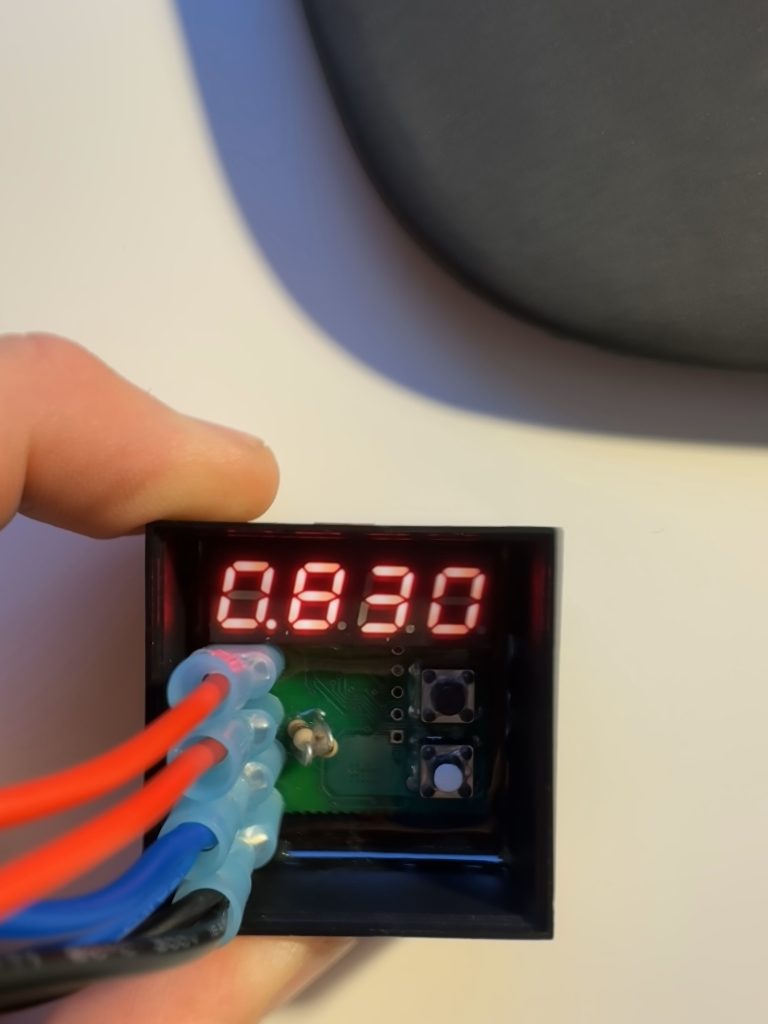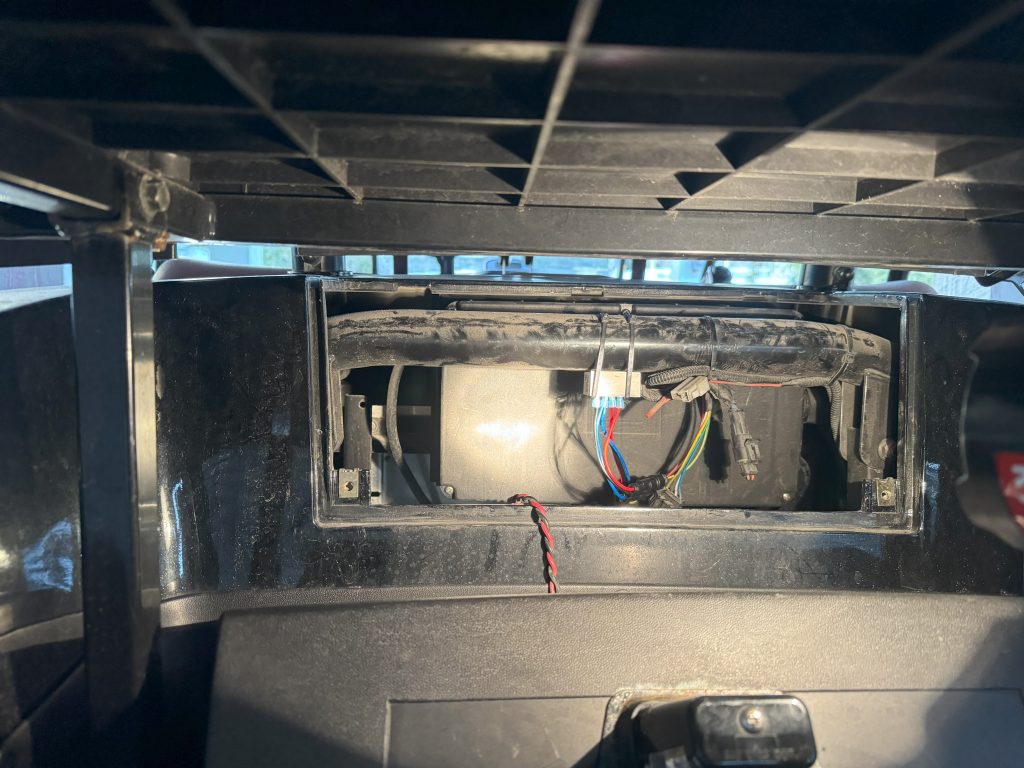The speedometer on my Advanced EV1 6L has always been off by 1-2mph. I recently replaced my instrument cluster and found it was off nearly 6mph. In researching this issue, it appears the EV1 with Neos controllers use an external Hall effect speed sensor attached directly to the motor, sending the signal directly to the instrument cluster. The cluster has firmware flashed specifically to the gear ratio and tire size that calculates the cart speed. None of the settings in the Neos controller affect this calculation and there is currently not a documented way to re-flash the firmware on the Hefei Huanxin Technology Development Company controller.
Hall effect speed sensors typically output a square wave at 5V or 12V DC. Reviewing the wiring diagram for the A627 I was able to see the green/yellow wire mapped to pin 1 of the instrument cluster carries the signal from the speed sensor attached to the AC motor.
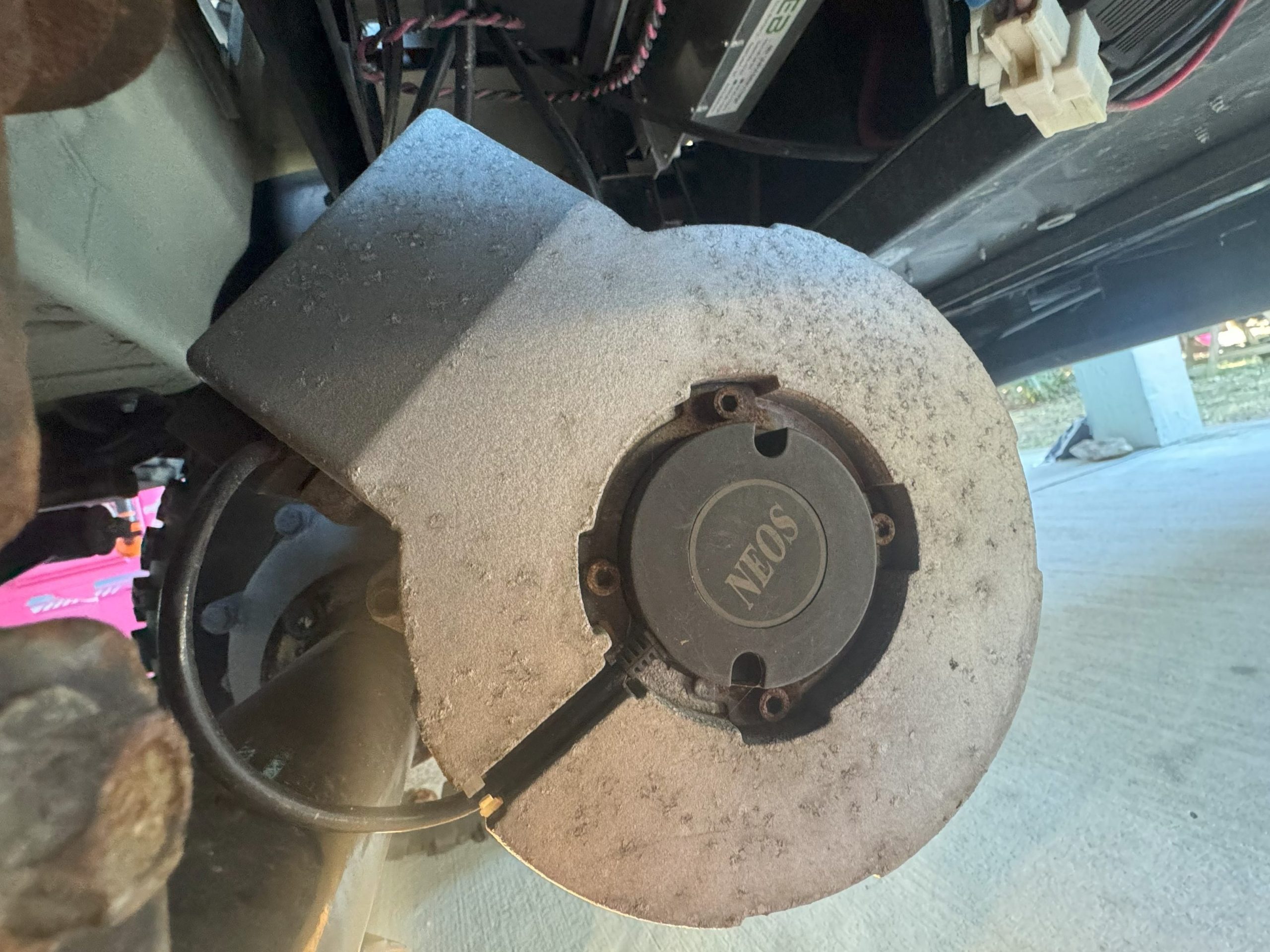
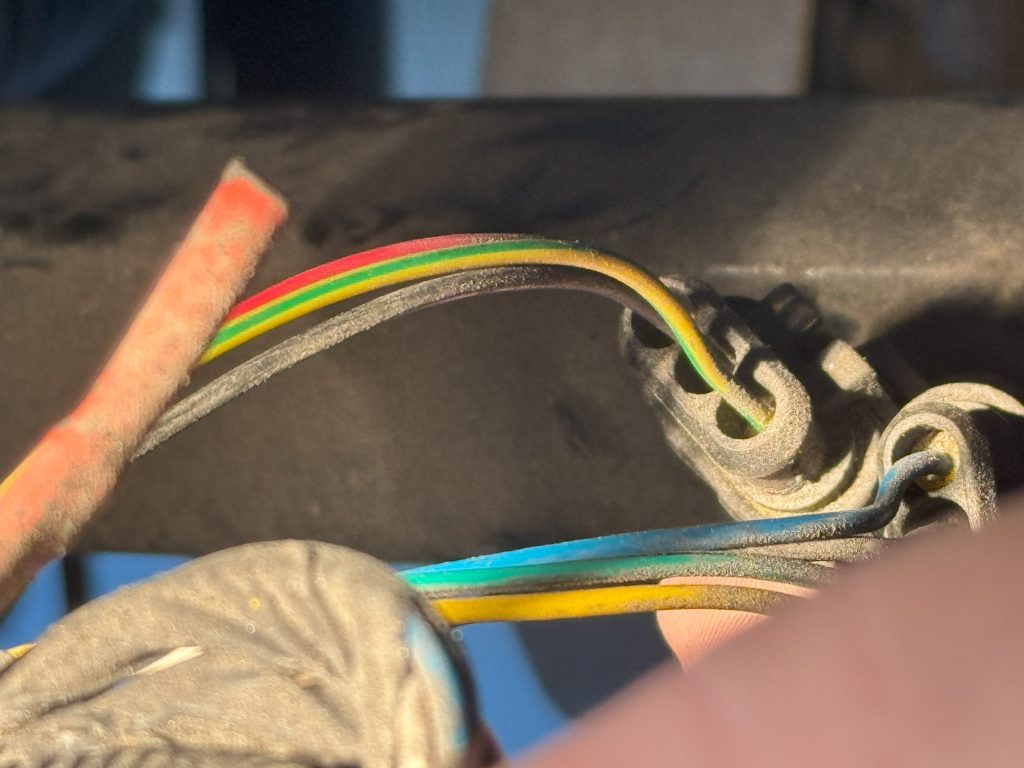
After removing the controller cover located under the rear seat, you’ll find two wiring harnesses that connect to the motor – one for the encoder and one for the speed sensor.
The speed sensor delivers 4 pulses per revolution according to the label on the cluster. I decided to connect an oscilloscope (used the EspoTek Labrador attached to my Surface Go for this) and confirmed it output a 12V square wave. In order to change the output of the sensor, I investigated using a frequency divider to adjust the signal. There are several reference specifications for building this type of circuit, but I found a purpose-built device from Widget Man that suits the need at a reasonable cost – the Univeral Speedometer Corrector.
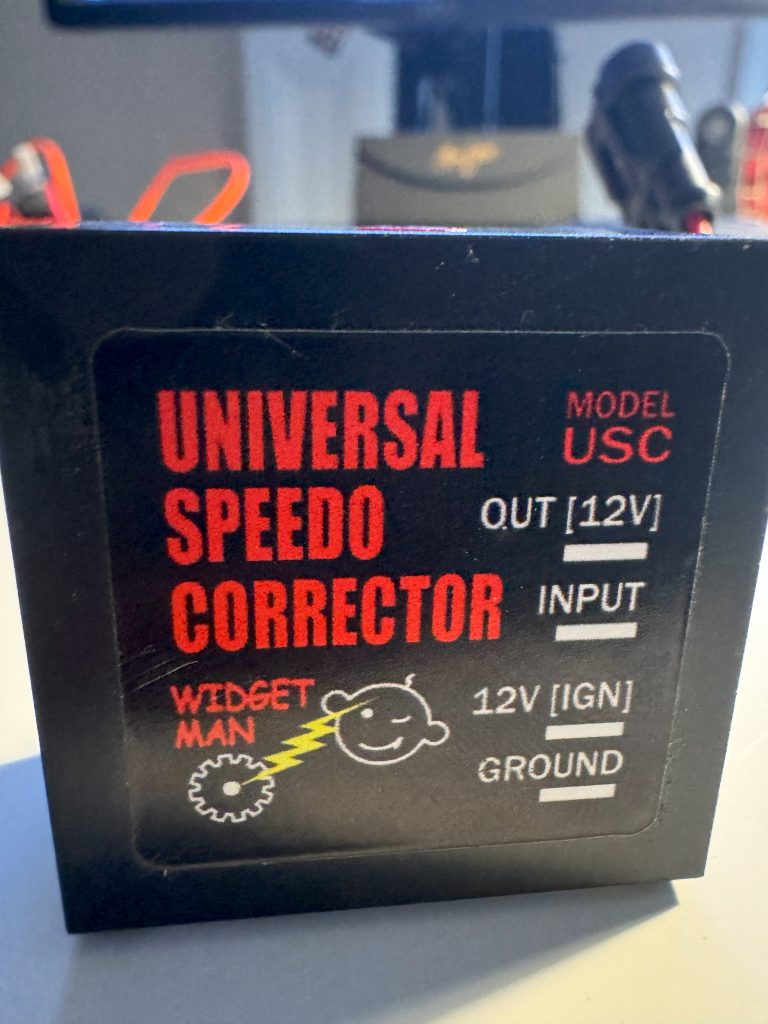
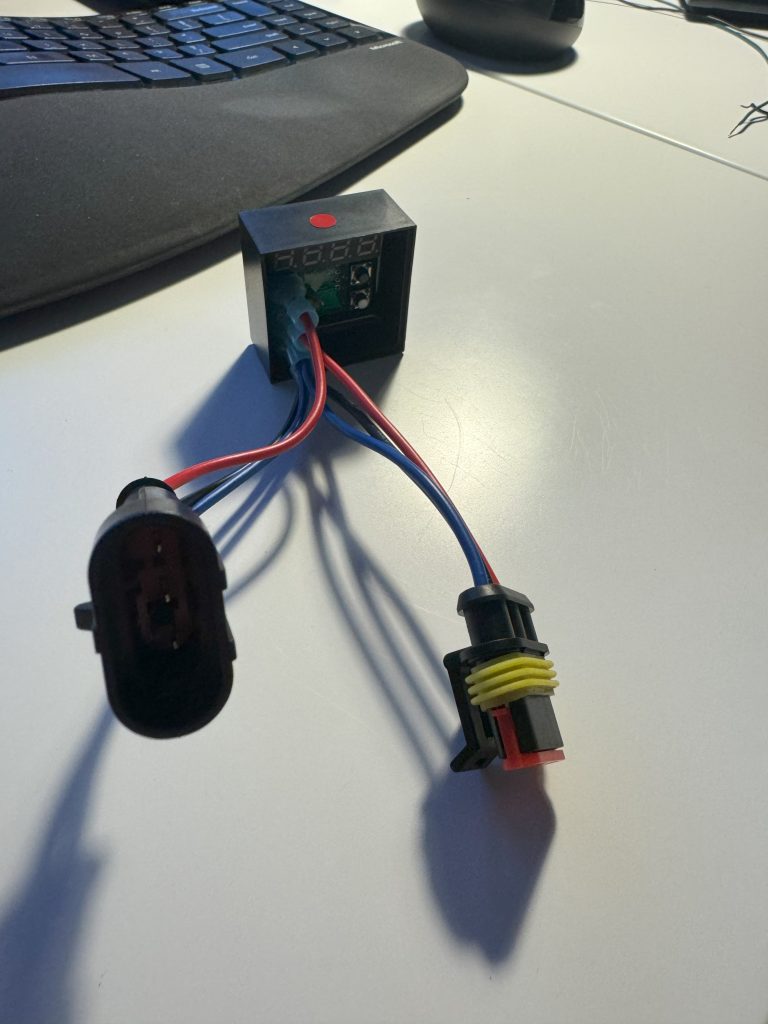
To simplify installation in the cart, I used the 3-pin automotive DJ7031 connectors and 0.25″ FASTONS – you can find both of these at your local automotive store or on Amazon. This enables the device to use the existing 12V DC feed for the sensor for power and ensure a water-tight connection.
The Speedo Corrector has a digital output and two buttons that enable you to adjust input signal from 1.5% to 6000%. There are also pull-up resistors to deal with various types of installations – we leave both resistors in-tact for our use case. Since my cart was displaying 34mph and GPS had it at 28mph, I set it to 0.830 (28/34 = 0.8235).
